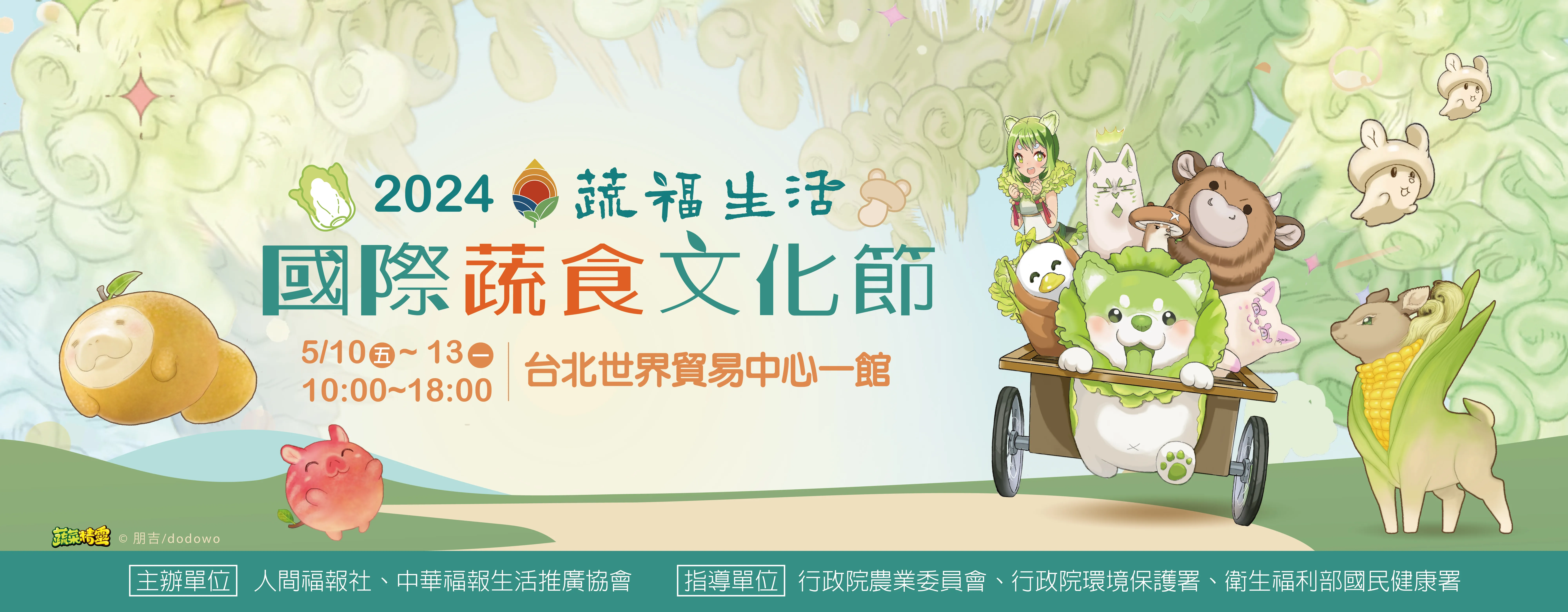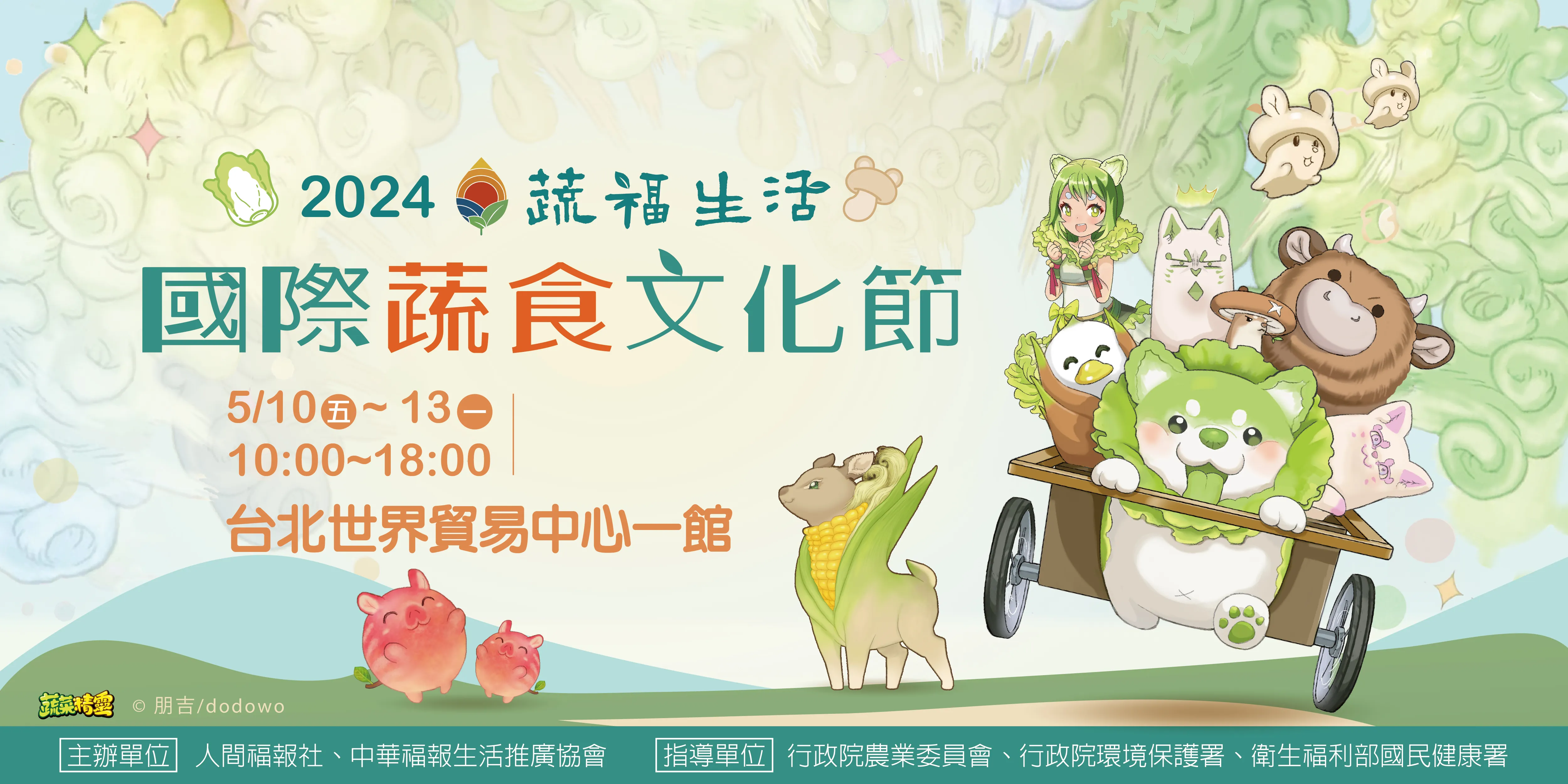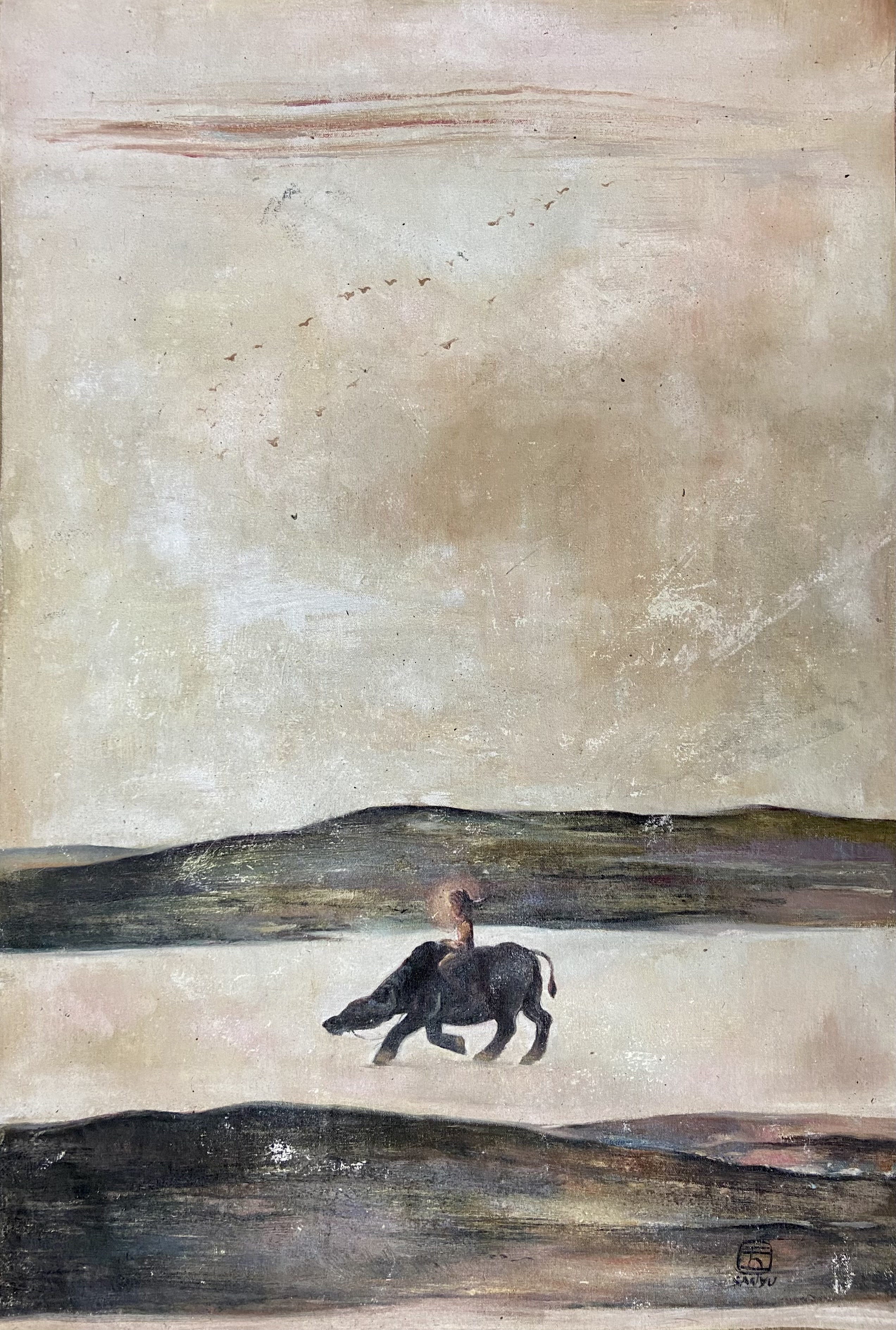


| 時代: | 西元1940年代 A.D. 1940s |
| 尺寸: | 長度:約90.5 cm 寬度:約61 cm (未含外框) Length:90.5 cm Width:61 cm |
| 質地: | 油畫布 Oil painting |
收藏人:王惠民先生
此幅常玉的‟牧童與水牛”為常玉少見同時有人物和動物的油畫作品,此幅畫作納入山水圖畫的留白概念,整幅畫構圖簡約。此畫以常玉慣用、油畫作畫方式最高境界的平塗法創作,加上中國水墨寫意的渲染,融合西方野獸派的簡潔強烈特色,獨創辨識度高的繪畫風格。此畫中黃昏的鄉間小道上,一頭黑色水牛駝著一個小牧童漫步前行,小牧童似提燈照路,在頭部呈現些微光暈,遠方天際則有兩行倦鳥歸巢,昏暗的天空與黑、綠、紫等顏色相連的小坡相襯,顯出鄉間簡單而遼闊的景緻。此幅畫與財團法人立青文教基金會資料中的《牧童與水牛》畫作構圖雷同,惟立青文教基金會資料中的畫作尺寸稍大一些,此幅畫作尺寸較小一些且用色較仔細。此幅畫作所用之畫布含棉、麻,畫布微厚,為1940年代歐美常用之畫布,畫布後有年代久遠形成的黴斑,畫布少部分有畫布編織不均,造成顏料上色不勻的痕跡,是當時較舊的畫布編織方式,而因早期保存環境不佳,讓此幅畫作有部分氧化、脫色現象。右下角有繪出的「玉」字圖章,以及羅馬拼音「SANYU」,為常玉油畫常用之落款,此幅為標準、正確之經典常玉畫作。
This painting, "Cowherd and Water Buffalo," by Sanyu, is a rare oil artwork that combines both figures and animals. The piece incorporates the concept of space found in traditional Chinese landscape paintings, resulting in a composition with a simple layout. Sanyu employed his signature flat-painting technique, which represents the pinnacle of his oil painting style. Additionally, he used the ink-wash rendering typical of Chinese art and merged it with the concise and intense characteristics of Western Fauvism. This distinctive fusion gave rise to a highly recognizable painting style. In this painting, set on a dusky rural path, a young cowherd strolls alongside a black water buffalo. The cowherd appears to carry a lantern, emitting a faint halo around his head. In the distance, two tired birds are returning to their nests on the horizon. The dim sky complements the small hills that transition from black to green and purple. This juxtaposition captures the simplicity and vastness of the rural landscape.
The composition of this painting bears similarities to another piece titled "Cowherd and Water Buffalo" in the collection of the Liching Foundation. However, this version is slightly smaller in size and features more intricate coloring. The canvas used for this artwork is a blend of cotton and hemp, with a moderately thick weave. This type of canvas was commonly used in Europe and America during the 1940s. The aging of the canvas has resulted in mildew spots, and certain sections of the canvas show uneven weaving, leading to uneven coloring of the pigments. This is indicative of the older weaving techniques used during that time. Due to suboptimal preservation conditions in its early years, the painting has undergone partial oxidation and fading. In the lower right corner, the character "玉" (Yu) is depicted, along with the Romanized "SANYU," which is a commonly used signature for Sanyu's oil paintings. This painting represents a standard and authentic classic work by Sanyu.
.png)
- 林風眠油畫‟京劇關羽與趙雲(漢津口)” Mr. Lin Fengmian "Peking Opera: Guan Yu and Zhao Yun (Han Jin Gate)"
- 林風眠‟楊門女將穆桂英” Mr. Lin Fengmian " Mu Guiying, the Female General of the Yang Family "
- 林風眠油畫‟火燒赤壁” Mr. Lin Fengmian " Fire at Red Cliffs "
- 常玉‟盆中的果樹(120號)” San Yu "Fruit Trees in a Pot (No. 120)"
- 常玉‟青花盆中的粉菊(120號)” San Yu "Pink Chrysanthemums in a Blue and White Pot" (No. 120)
- 林風眠油畫‟大鬧天宮”Mr. Lin Fengmian "Great Uproar in Heaven"
- 常玉‟盆菊與蝶(120號)” San Yu "Chrysanthemums and Butterflies (No. 120)"
- 常玉‟紅底黃菊” San Yu "Yellow Chrysanthemums on Red Background"
- 林風眠‟四美圖”
- 林風眠‟寶蓮燈”
- 林風眠油畫‟京劇關羽與趙雲(漢津口)” Mr. Lin Fengmian "Peking Opera: Guan Yu and Zhao Yun (Han Jin Gate)"
- 林風眠‟楊門女將穆桂英” Mr. Lin Fengmian " Mu Guiying, the Female General of the Yang Family "
- 林風眠油畫‟火燒赤壁” Mr. Lin Fengmian " Fire at Red Cliffs "
- 常玉‟盆中的果樹(120號)” San Yu "Fruit Trees in a Pot (No. 120)"
- 常玉‟青花盆中的粉菊(120號)” San Yu "Pink Chrysanthemums in a Blue and White Pot" (No. 120)
- 林風眠油畫‟大鬧天宮”Mr. Lin Fengmian "Great Uproar in Heaven"
- 常玉‟盆菊與蝶(120號)” San Yu "Chrysanthemums and Butterflies (No. 120)"
- 常玉‟紅底黃菊” San Yu "Yellow Chrysanthemums on Red Background"
- 林風眠‟四美圖”
- 林風眠‟寶蓮燈”
